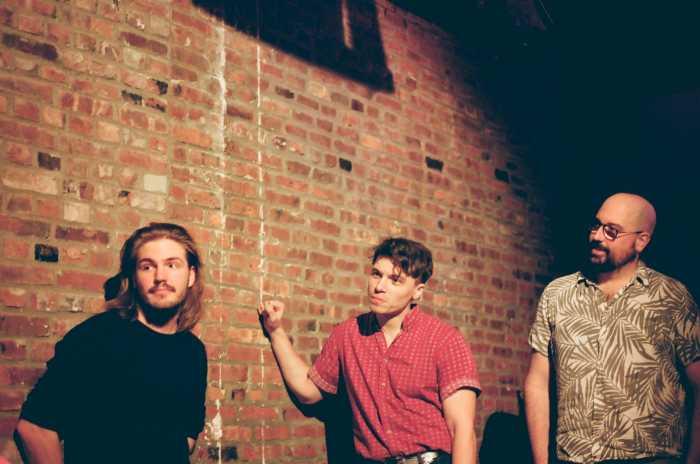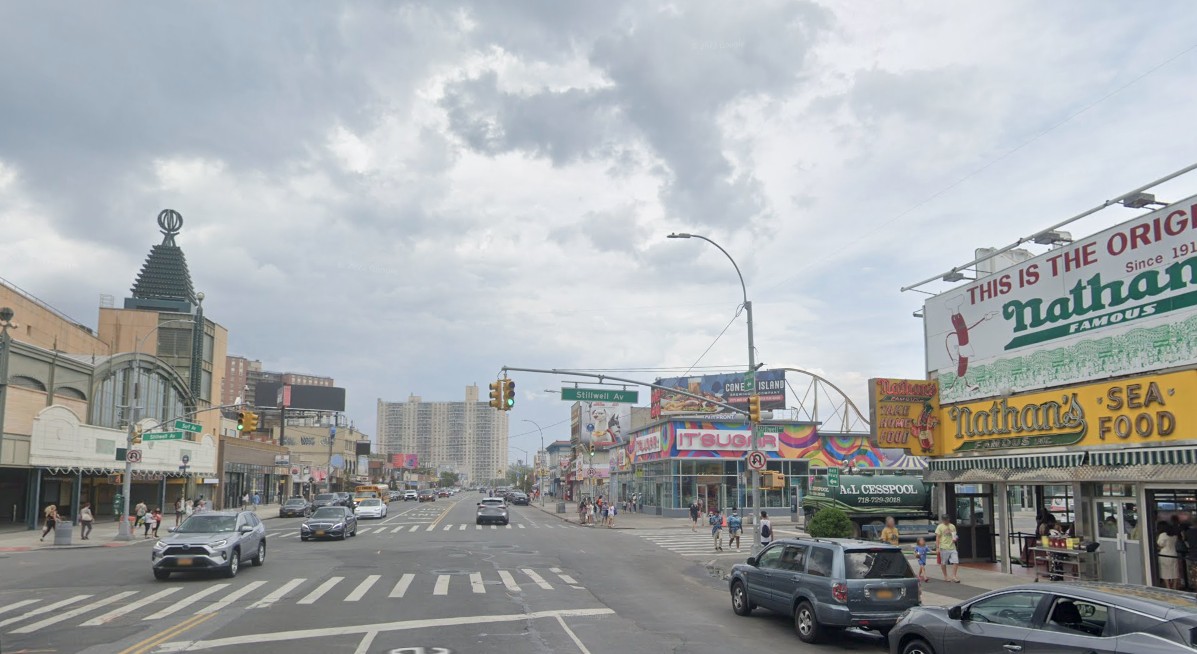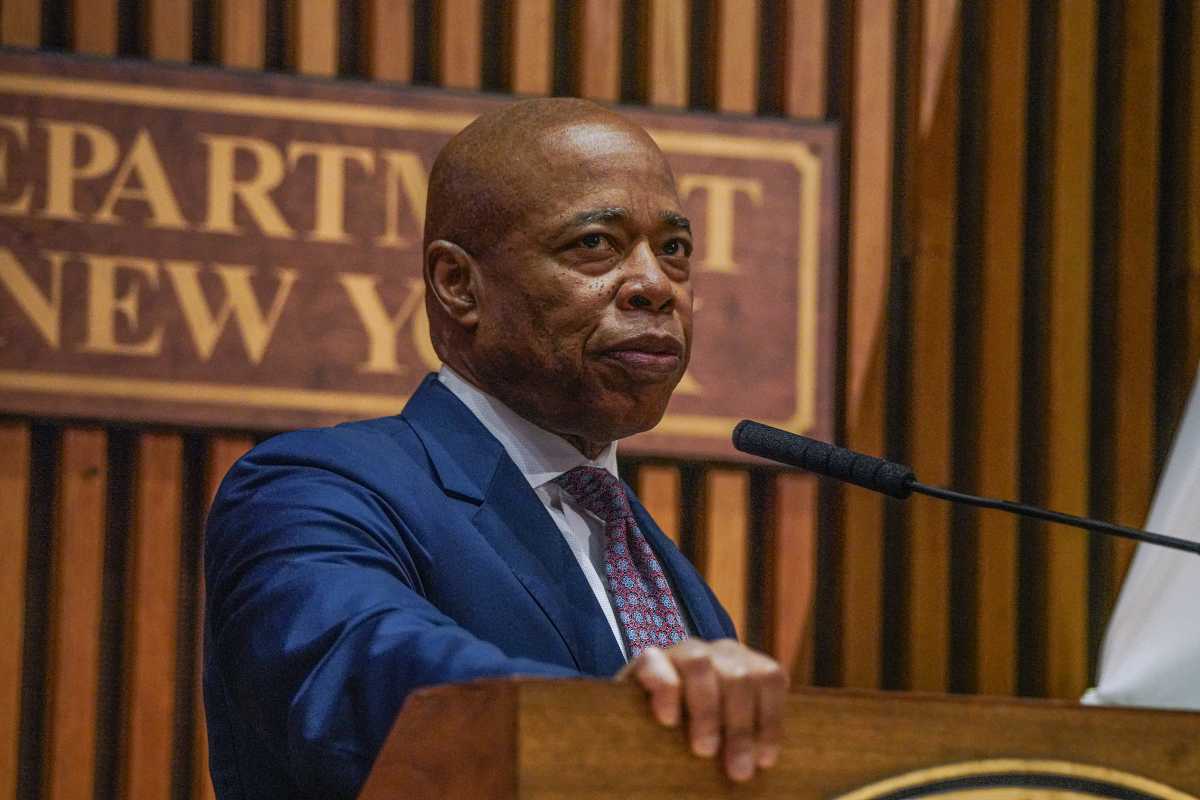Long-overdue renovations to a key stretch of the Brooklyn-Queens Expressway would destroy the park component of a soon-to-be-built development along the Brooklyn Heights waterfront — and the state agency doing the roadwork isn’t talking to the state agency building the park.
Repairs to the three-layered portion of the BQE are necessary — but they won’t start for nearly a decade, years after the so-called Brooklyn Bridge Park is mostly completed.
But the only way to make the repairs, experts said, is to use Brooklyn Bridge Park as a staging area.
“It makes no sense for them to build the park, tear it apart, and then build it again,” said Brian Ketcham, a traffic expert who has been lobbying for an alternative to the BQE for more than two decades.
State transportation officials told federal officials about their latest plans last week in Washington — and shockwaves were quickly felt in Brooklyn.
“We haven’t been fully briefed,” said Marianna Koval, executive director of the Brooklyn Bridge Park Conservancy.
Roy Sloane, a longtime park advocate, also said that he hadn’t heard about the project.
“The news of the reconstruction was a shocker for the members of the [Brooklyn Bridge Park] board,” he said.
The current plan calls for replacing the cantilevered levels of the BQE near the Brooklyn Bridge by cutting out pieces of the two-mile stretch, and then sliding pre-fabricated pieces in their place.
Doing so would require a large part of Brooklyn Bridge Park as a staging area, transportation officials told the feds.
“It’s going to be a hell of a mess,” said Ketcham.
But a mess it must be. The multi-level highway is perhaps the most-important roadway in Brooklyn, carrying six lanes of traffic on two levels, plus the famous Brooklyn Heights Promenade on top. It was built in 1948.
“It has outlived its usefulness,” said Ketcham.
Other alternatives, such as shutting down the BQE, building a temporary roadway in the park itself, or shunting the traffic through Brooklyn Heights, are being considered, too.
But 160,000 cars a day use the BQE, and that much extra traffic flowing through a residential area would create traffic nightmares.
Another alternative could be to run traffic on Furman Street, which is meant to be the main avenue on the edge of the park — but that would essentially require park-goers to cross an Interstate highway.
“There’s just no sane way to do it,” said Ketcham.
State transportation officials acknowledged last year that the billion-dollar project is “complex” and that “traffic control will be a major challenge.”
They didn’t return our calls this week.
























